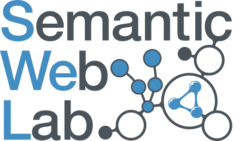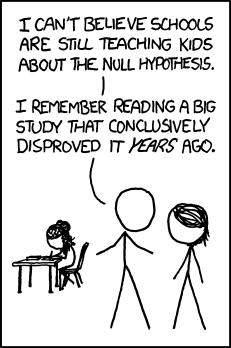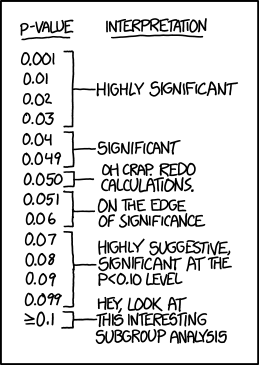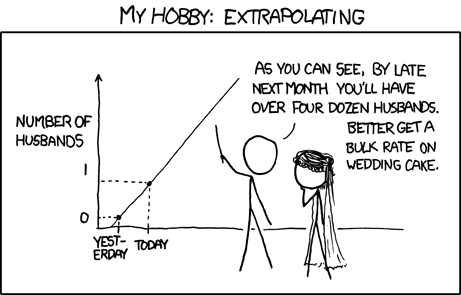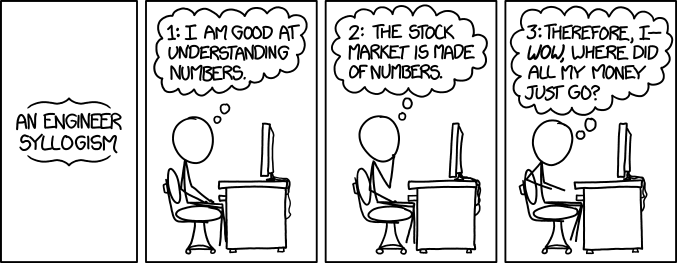I was asked to put forward my thoughts on how I thought the use of technology to enhance teaching and learning should be supported where I work. I work in a UK University that has campuses overseas, and which is organised into Schools (Computer Science is in a School with Maths, to form one of the smaller schools). This was my first round brain dump on the matter. It looks like something might come of it, so I’m posting it here asking for comments.
Does any of this look wrong?
Do you/ have you worked in a similar or dissimilar unit and have any suggestions for how well that worked?
What would be the details that need more careful thought?
Get in touch directly by email or use the form below (if the latter let me know if you don’t want your reply publishing).
Why support Technology Enhanced Learning (TEL)?
Why would you not? This isn’t about learning technology for its own sake, it’s about enhancing learning and teaching with technology. Unless you deny that technology can in any way enhance teaching and learning, the questions remaining centre on how can technology help and how much is that worth. Advances in technology and in our understanding of how to use it in teaching and learning create a “zone of possibility,” the extent of which and success of how it is exploited depend on the intersection of teacher’s understanding of the technologies being offered and the pedagogies suitable for their subject (Dirkin & Mishra, 2010 [paywalled  ]).
]).
Current examples of potential enhancement which is largely unsupported (or supported only by ad hoc provision) include
- Online exams in computer science
- Formative assessment and other formative exercises across the school
- Providing resources for students learning off-campus
- Supporting the delivery of course material when students won’t attend lectures
- Providing course information to students
Location of support: in School, by campus, or central services?
There are clearly some services that apply institution wide (VLE), or need to be supported at each campus (computer labs), however there are dangers to centralising too much. Centralisation creates a division between the support and the people who need it, a division which is reinforced by separation of funding and management lines for the service and the academic provision. This division makes it difficult for those who understand the technology and those who understand the pedagogy of the subject being taught to engage around the problems to be solved. Instead they interact but stay within the remits laid down by their management structures.
There should of course be strong links between the support in my School and others, central support and campus specific support, but an arrangement where these links are prioritised over the link between support for TEL in maths and computing and the provision of teaching and learning in maths and computer science seems wrong.
What support?
This is something of a brain dump based on current activity, in no particular order.
- Seminar series and other regular meetings to gather and spread new ideas.
- Developing resources for off-campus learning (currently we need in CS to provide support materials based on existing courses for a specific programme) these and similar materials could also be used to support students on conventional courses who don’t attend lectures.
- Managing tools and systems for formative assessment and other formative experiences, e.g. mathematical and programming practice.
- Developing resources and systems for working with partner institutions who deliver courses we accredit, some of which may be applicable to mainstream teaching.
- Student course information website: maintenance and updating information, liaison with central student portal.
- Online exams, advice on question design and managing workflow from question authoring to test delivery.
- Evaluation of innovative teaching (where innovative is defined as something for which we are unsure enough of the benefits for it to be worth evaluating).[*]
- Maintain links with development organisations in Learning Technology, e.g. ALT and Jisc and scholarship in areas such as digital pedagogy and open education which underpin technology enhanced learning.
- Liaise with central & campus services, e.g. VLE management group
- Advise staff in school on use of central facilities e.g. BlackBoard
- Liaise with other schools. There is potential to provide some of these services to other schools (or vice versa), assuming financial recompense can be arranged.
[*Note: this raises the question of whether the support should be limited to technology to enhance learning, should address other innovations too.]
Who?
This needs to be provided by a core of people with substantial knowledge of learning technology, who might also contribute to other activities in the school. We have a group of three or four people who can do this. It is a little biased to Computer Science and to one campus so there should be thought given to how to bring in other subjects and locations.
We would involve project students and interns provided this was done in such a way as to contribute sustainable enhancement of a service or creation of new resources. For example, we would use of tools such as git so that each student left work that could be picked up by others. As well as supervising project students within the group we could co-supervise with academic staff who had their own ideas for learning-related student projects. This would help keep tight contacts with day-to-day teaching.
Funding and management
This support needs an allocated budget and well controlled project management. Funding for core staff should be long term on a par with commitment to teaching within the School. Management and reporting should be through the Director of Learning and Teaching and the Learning and Teaching Committee with information and discussion at the subject Boards of Studies as appropriate.
Reference
Dirkin, K., & Mishra, P. (2010). Values, Beliefs, and Perspectives: Teaching Online within the Zone of Possibility Created by Technology Retrieved from https://www.learntechlib.org/p/33974/
Comments Please
The post Thoughts on Support for Technology Enhanced Learning in HE appeared first on Sharing and learning.
